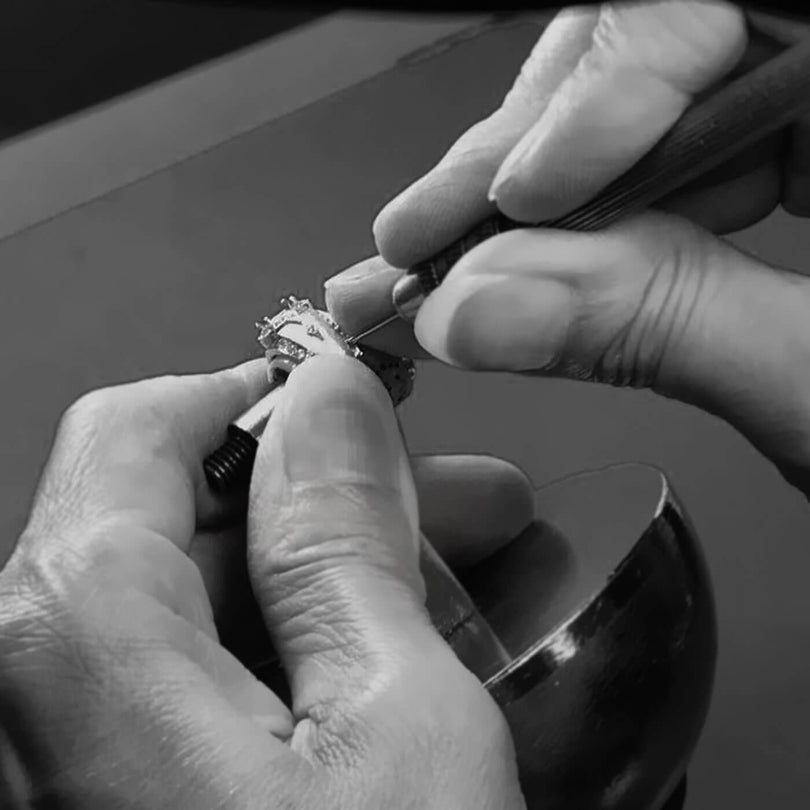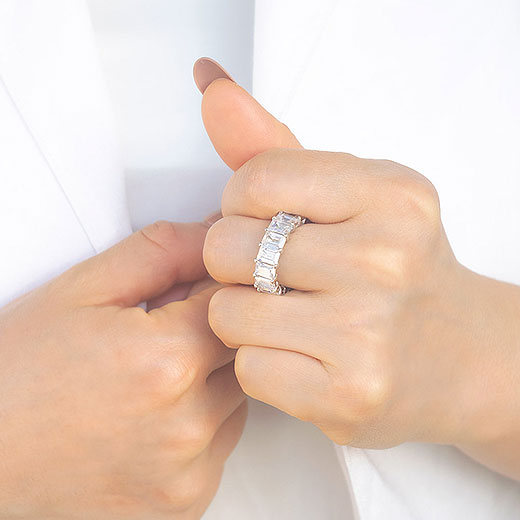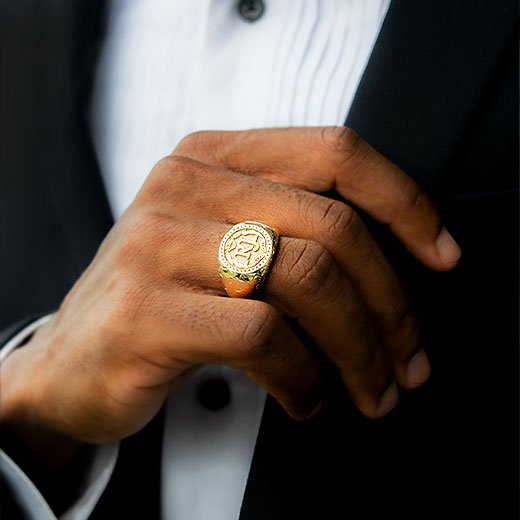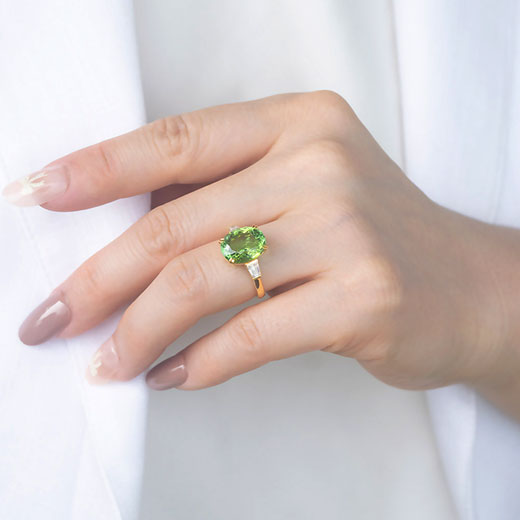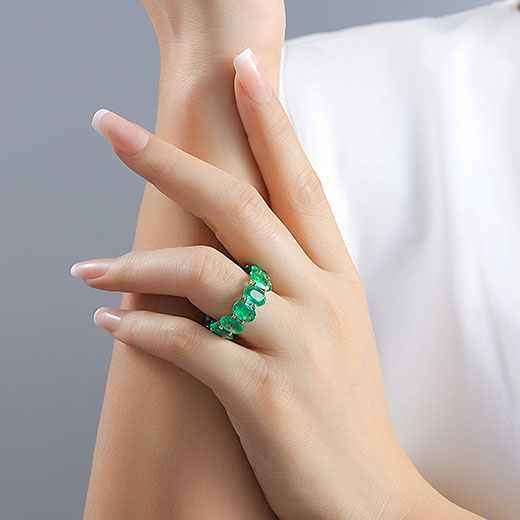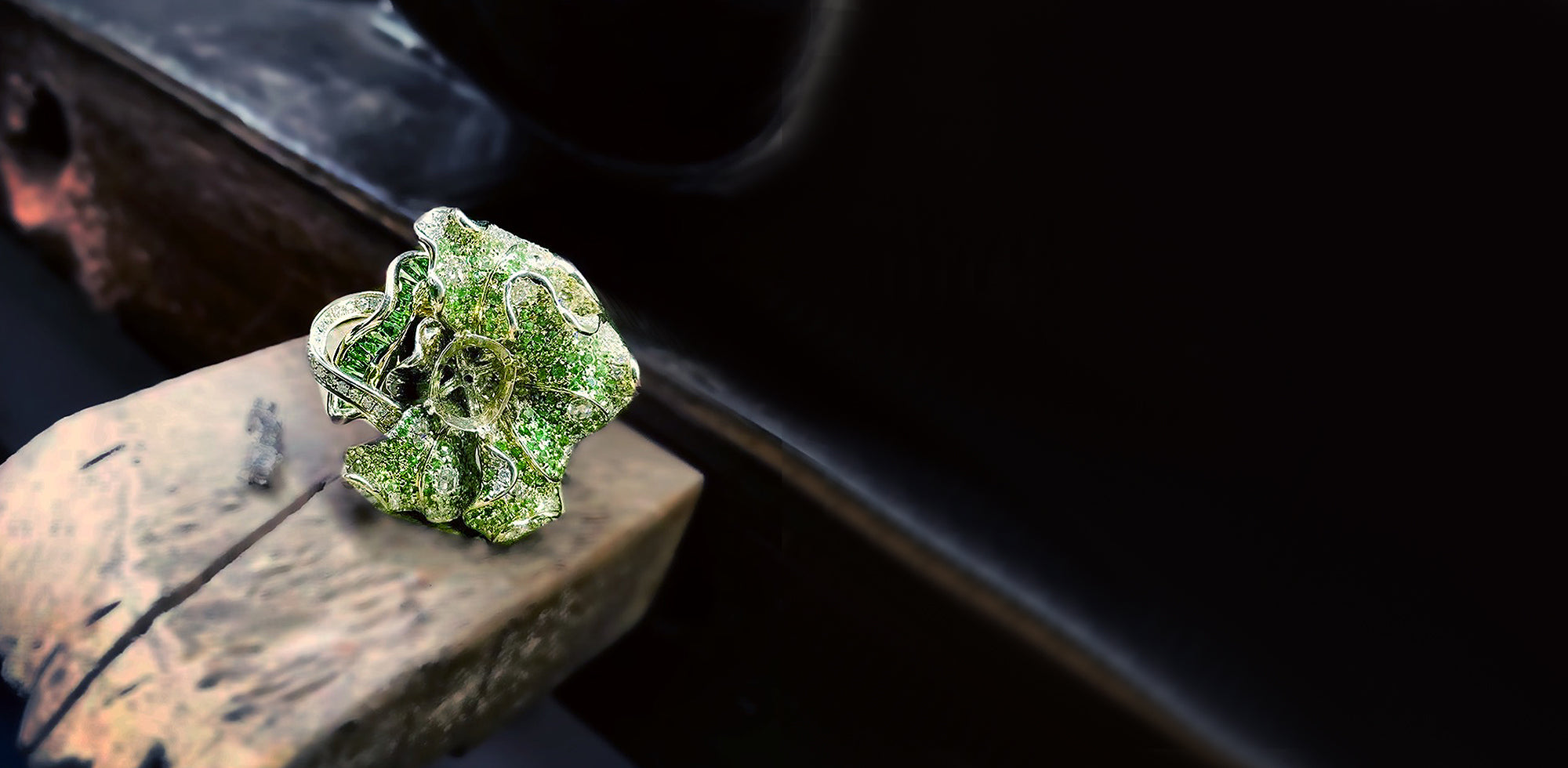Kunzite is the spodumene mineral's light pink to violet-purple variant. Kabul, Brazil, Madagascar and the US state of California are some of the places where it is found. A pioneering gemologist, George Frederick Kunz, provided the inspiration for the name of the gem (1856-1932).
There are two cleavage directions in Kunzite. If you look along the crystal's length, you'll see the crystal's best hue. Cutters take these aspects into consideration when orienting gems for finishing. A kunzite's pink-to-violet hue can be emphasized by slicing it deeply.
When it comes to kunzite, big sizes are not uncommon. A heart-shaped kunzite that weighs 880 carats is on display at the Smithsonian Institution.
After irradiation and heat treatment, Kunzite can be enhanced in color. Kunzite's natural and processed colors can fade when exposed to high temperatures and intense light.
History and Folklore of the Kunzite
Kunzite is a relatively new addition to the world of precious stones. As the legend goes, Tiffany & Co.'s mineralogist, George Frederick Kunz, received specimens of an as-yet-unidentified pink crystal from San Diego County, California. Since then, it's been 1902. Spodumene was confirmed by Kunz, but the previously unknown hue made the find a new variant of the mineral, which he named after himself. Kunzite was given its name in 1903 by Charles Baskerville, a chemist who had taught at both UNC-Chapel Hill and then the City College of New York.
Since then, kunzite has become a highly sought-after gem. Kunzite crystals are generally huge and almost entirely free of inclusions, and they can be found in a variety of appealing colors of pink to violet. Gems made from this mineral are beautiful, despite the difficulty of cutting it because of its two cleavage directions.
Kunzite Quality Factors
It is possible to find kunzite jewelry in a range of styles to meet the needs of any buyer. It's always enticing, but lacks consumer recognition. This, on the other hand, can result in more affordable costs at the cash register. Kunzite is sought after by collectors who are looking for the best of the best when it comes to size and color.
Tiny particles of manganese are what give Color Kunzite its pink to violet hue. The most common color is a pale pink, but it can also appear in more vibrant colours of red, orange, and even blue.
Irradiation and subsequent heating can improve the color of kunzite. When exposed to high temperatures and harsh light, the color can fade. The best way to keep kunzite jewelry safe when it's not being worn is to keep it in a closed jewelry box or container.
Kunzite is pleochroic, which means that depending on the direction of the crystal, it can show a variety of colors. The crystals of kunzite show their most vibrant hue along the length of their axes.
Clarity
Kunzite crystals often have relatively few inclusions, so “clean” finished gems in jewelry are common.
Cut
You may split this gem cleanly along any of its two cleavage directions. Kunzite has been known to disintegrate as a result of faceting, as a result of the pressure being exerted. The C-axis, or length, of kunzite is usually where the color is most concentrated. When cutting gems, cutters must take certain properties into account.
Kunzite can be found in a wide range of forms and cutting styles, making identification difficult. Step-cut stones are fairly frequent since many crystals are relatively free of inclusions.
Kunzite may be cut into any shape or style imagined by skilled cutters. The jewel was even cut by some. Additionally, to enhance the color, several kunzites are sliced deeply.
Carat Weight
Cat Weight A faceted 880-carat heart-shaped gem is on display at the Smithsonian Institution.
BIRTHSTONES & ANNIVERSARIES
Kunzite is sometimes referred to as a February birthstone because of its color.
FACTS
- Mineral: Spodumene
- Chemical composition: LiAlSi2O6
- Color: Pink-violetish purple, light-intense
- Refractive index: 1.660 to 1.676
- Birefringence: 0.014 to 0.016
- Specific gravity: 3.18
- Mohs hardness: 6.5 to 7.0

